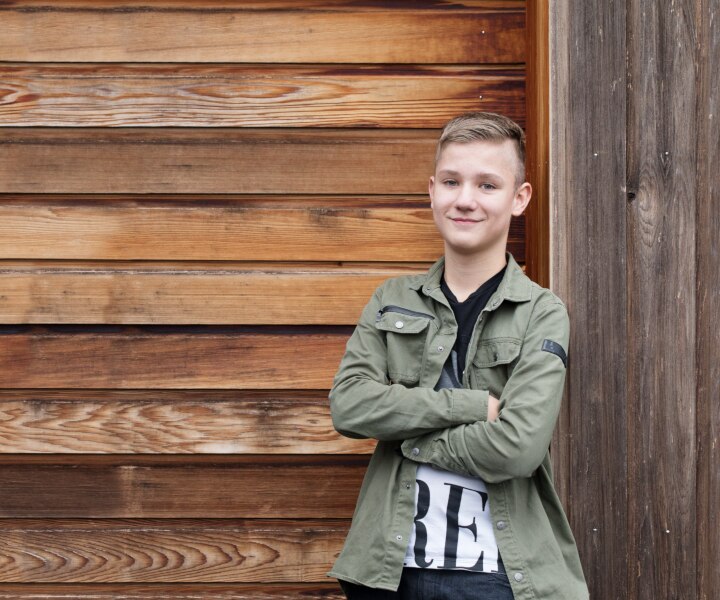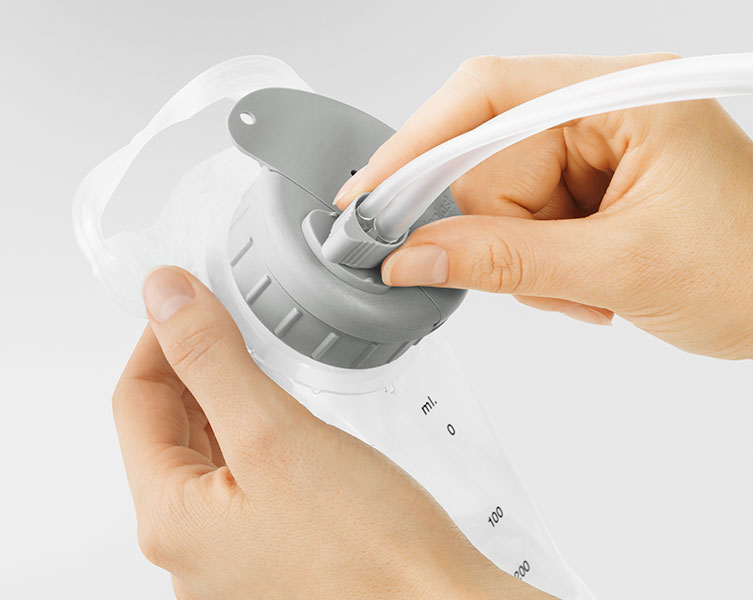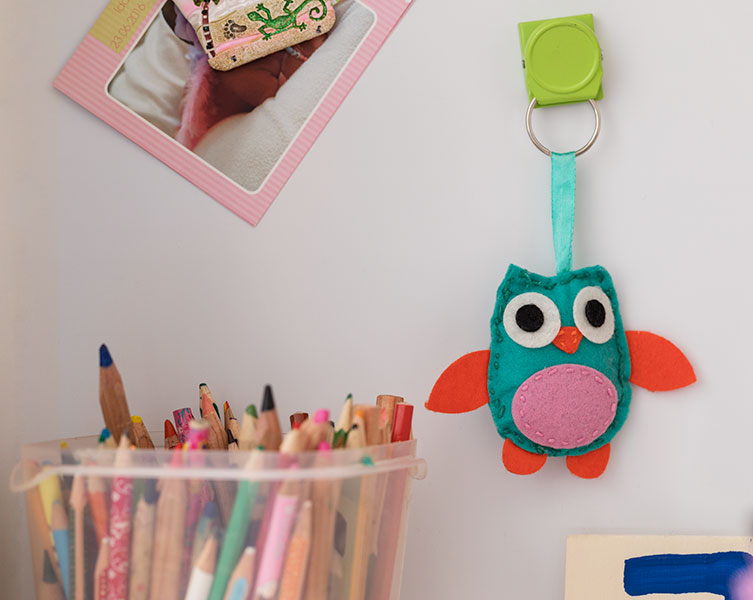Transanal irrigation (TAI) may seem a little overwhelming when you first begin this treatment with your child. However, with time this process can allow you to establish a reliable and effective routine with your child. It can take around 4-12 weeks to establish an optimal irrigation process.
Getting prepared for your child’s irrigation
Before you start the irrigation process, read through your Peristeen Plus instruction for use booklet again so you are certain of what to do. Showing your child that you are clear about how to complete an irrigation will help to allay their concerns and have more trust in the TAI process.

Performing the irrigation
You may need to perform your child’s irrigation, especially at first and for younger children. However, it is important that they still feel like they have control in this situation and understand what is going on. Here are some ways you may want to include your child in the process:
You may want them to fill the water bag. The Peristeen Plus bag must be filled completely to function properly and to stand on the floor. Close the lid by clicking it into place. You can ask your child to check the water temperature as well as checking the coloured temperature indicator. Green tells you the water is at the appropriate temperature (between 34–40°C). Water that is too hot may harm the delicate lining of the bowel. Water that is too cold may cause stomach cramps. If in doubt or not able to distinguish the colours, run the water over your wrist to feel if it is lukewarm.
Your child may also want to connect the different parts of Peristeen Plus. You can show them how to connect the tube to the water bag and how to attach the catheter.
Depending on your child’s age, it may also be possible to teach them how to prepare the catheter.
You will likely need to insert the catheter yourself. Different positions may be adopted depending on your child’s age to maximise their comfort. Your doctor or nurse can provide you with specific guidance about how best to insert the catheter. When inserting the catheter, make sure you do not use force.
Note that with the balloon catheter, care should be given to how many pumps of air are used. For the small catheter size, one full pump is usually sufficient to prevent leakage. Do not exceed a maximum of two full pumps to avoid balloon burst. For the regular catheter size, one to three full pumps are usually sufficient to prevent leakage. Do not exceed a maximum of four full pumps to avoid balloon burst. Supervise your child carefully if they pump the catheter themselves.
With your supervision, they may also be able to pump the recommended amount of water into their bowel. If you are using the balloon catheter, they can do this by turning the knob anti-clockwise to the turquoise water symbol. Once done, they may deflate the balloon by turning the knob anti-clockwise to the grey deflate symbol and gently remove the catheter from the rectum.
If using the cone catheter, they can do this by turning the knob to the turquoise water symbol. Once done, they can turn the knob to the white water stop symbol and gently remove the cone catheter.
If safe to do so, make sure you give your child some privacy if they would like whilst they empty their bowel. As your child gets older, this may be something they want.
The time needed for the bowels to empty is different for every child, but on average it takes 35 minutes. If you are with your child during this time, try to entertain or distract them in some way so they are relaxed during this process. You may use this time to
- Read a book together,
- Watch an episode of their favourite cartoon on an iPad,
- Or simply chat.
If your child finds that it is hard for them empty their bowels after inserting the water, it may be necessary to perform some simple abdominal massage to get things moving. If you are helping a small child, this may be something you perform yourself. If they are a little older, you can show them what to do. Some additional stretching and twisting can also help to stimulate a bowel movement.
When your child’s bowels are empty, you can empty and dry the system together.
Communicate with your child throughout
Throughout the irrigation, try to involve your child where possible. This will help them to develop more independence regarding TAI. In cases where it is not possible, explain what you are doing so they are not worried about what is happening and feel like they have control. They can then still learn the process in theory, even if they do not do it themselves.



